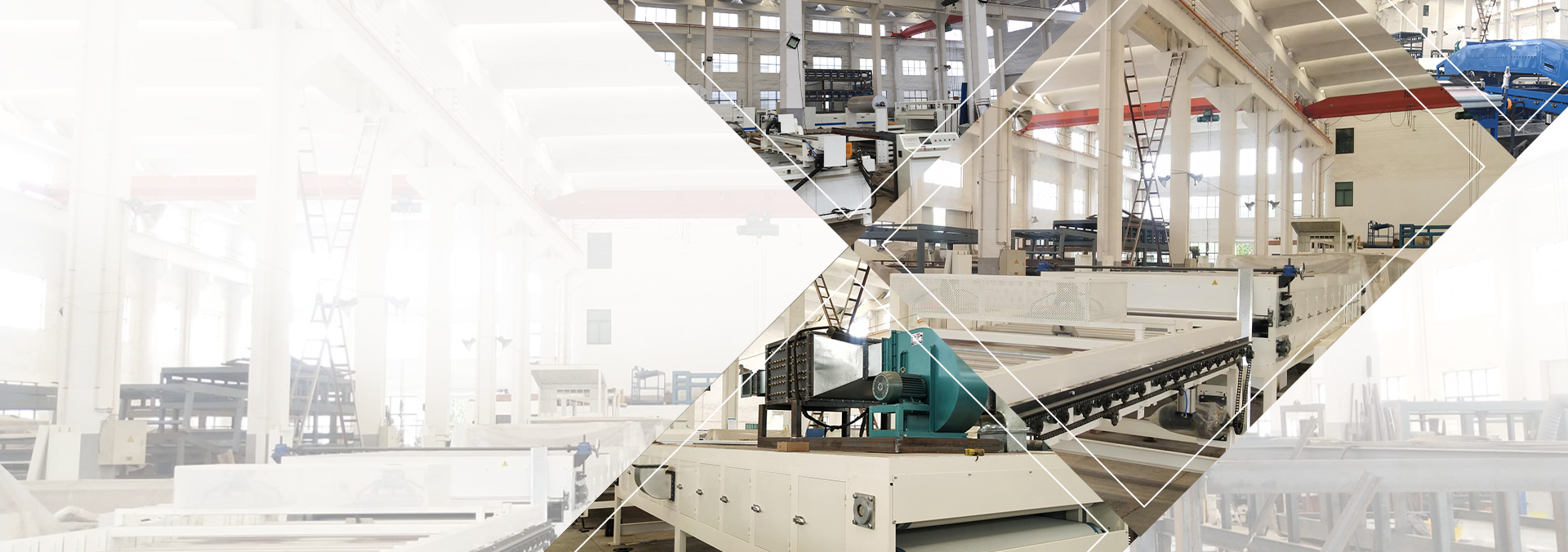
Resources
Contact Us
Honeycomb cardboard panels can be used in the machinery and electronics industry for packaging heavy machinery products such as engines, automotive cylinders, motorcycles, high-voltage electrical appliances, heavy machinery parts, etc. In the electronics and instrumentation industry, they can be used for packaging various electrical products such as computers, air conditioners, refrigerators, cathode ray tubes, televisions, and high-precision instruments. In the building materials industry, honeycomb cardboard panels are good materials for packaging flat glass and sanitary ceramics, sanitary ware, and can significantly reduce the breakage rate of fragile items such as glass and ceramics during transportation.
It is well known that packaging materials are consumables, and buffer packaging materials are disposable consumables. If not handled properly, they are likely to become garbage and cause certain damage or impact on the environment and ecology.
From the current global development trend, environmentally friendly degradable buffer packaging materials are an inevitable trend in the development of buffer packaging materials. Degradable honeycomb paper/honeycomb cardboard panel/honeycomb packaging paper/honeycomb kraft paper/honeycomb kraft paper can reduce environmental damage and pollution and protect the ecological and natural environment of the earth.
Developed countries and regions such as Europe, America, Japan, and South Korea are gradually choosing green buffer packaging materials such as honeycomb kraft paper/kraft paper cushion as green buffer packaging materials, adopting green packaging products is a responsibility of enterprises to the country, ecology, and nature, and is also a measure to win market respect. Corresponding countries in the world have corresponding standards and norms for paper products, such as FSC.
At present, regions and countries such as Europe, America, Japan, South Korea, and Australia have legislated to ban the import of industrial products packaged in foam (EPS) or use environmental taxes several times higher to restrict and eliminate imported products packaged with foam plastics, forming a so-called "green trade barrier."
For example, applying for the "Green Dot" logo is required for goods entering the German market, and applying for the "Vertical Point" logo is required for goods entering the French market. Therefore, the development of green packaging conforms to the world consumer trend, which is conducive to breaking through international green trade barriers. At the same time, it will have a positive effect on reducing the breakage rate of goods in circulation, improving the quality of packaging products, and increasing the added value of goods. Corresponding standards for the selection, processing, and application scope of green packaging materials are also formulated, including the following five products: pulp, kraft paper, degradable plastics, starch, and plant fibers.
Related Products
